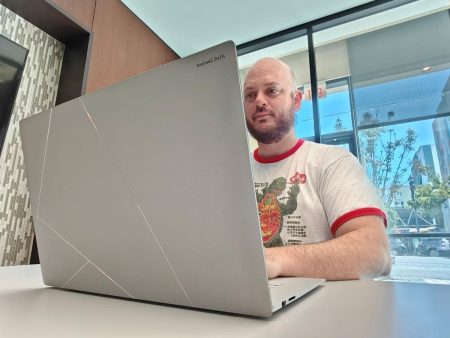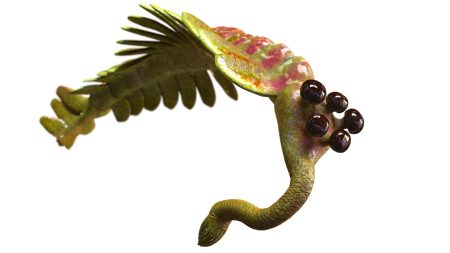A palaeontologist’s curiosity about balls of rock led her to explore what lay within them, giving important clues about an early period of life on Earth— and possibly Mars.
“Being the first person to crack a rock open with a hammer to uncover a 66-million-year-old ammonite will always be something that really excites me,” says Princess Aira Buma-at, a MSc Graduate in Geology from the Department of Earth Sciences at University College London.
She says this fascination as to why fossils are found within these nodules lead her to approach her supervisor and devise a project that documented the geometric patterns, mineralogy and microfossil composition of 84 small balls of rock called diagenetic spheroids, from 38 rock formations dating to the Proterozoic eon.
“Even though the Proterozoic eon (2.5 billion years ago to 539 million years ago) accounts for about 40% of geological time, it is sadly often overlooked,” Buma-at says adding that she finds this part of Earth’s history fascinating because during this eon, the first eukaryotic life emerged, which provided the basis for all plants, animal and human life we see today.
“Scientists have yet to reach a consensus for a singular model that explains how nodules form, but my findings observed a greater abundance of diagenetic spheroids following extreme Snowball Earth ice ages,” she says, adding that this is likely to be due to increased oxidative weathering leading to increased likelihood for environmentally-induced reactions.
“Nodules and concretions have been found on Mars so my research has implications on possible extra-terrestrial life on Mars too, meaning that life may have existed elsewhere in the solar system,” Buma-at says.
From Seashells to Paleontology
Buma-at grew up on the island of Bohol in the Philippines, and says that as a young child, her interest in nature began with hobbies like finding sea creatures in rock pools and collecting shells from the beach.
Although that sparked her interest in the natural world and subtly guided her towards paleontology, research and academia, Buma-at says her “Eureka” moment would come years later, after she moved with her family to the United Kingdom.
“It was through undertaking fossil hunting trips with my family during COVID to Yorkshire, Dorset and East Sussex that fully cemented my goals of becoming a palaeontologist,” she says, adding that she did her MSci in Geology at University College London (UCL); did a Natural Environment Research Council (NERC) Research Experience Placement (REP) with the University of Cambridge and is a collections-based volunteer at the Natural History Museum (NHM) in London.
Buma-at says while Filipinos are a demographic traditionally underrepresented within palaeontology she is “immensely” proud of her Filipino culture and heritage.
“It’s quite sad that I was almost dissuaded from academia due to the lack of representation, but I am incredibly lucky to have an incredible strong support system of academic mentors who provide me with invaluable advice in navigating the academic world,” she says.
Another Global South scientist with a passion for fossils is paleontologist Dirley Cortés Parra, who grew up in a mountainous part of Colombia that was an ancient inland sea, now she’s revealing the secrets of the intriguing teeth of ichthyosaurs, massive marine reptiles that once swam there.
Cortés, a researcher at Canada’s McGill University, Panama’s Smithsonian Tropical Research Institute and Colombia’s Paleontological Research Center, described a new ichthyosaur, Kyhytysuka sachicarum, from her hometown of Villa de Leyva.
Read the full article here






